A Fall Planting Guide for Woody Species
If the rain, cool temperatures, and abundance of apple cider are to be believed, it's now officially fall. One might think that it's simply time to pack it in for the season, at least in terms of gardening. We've talked before about making sure your fall yard and garden cleanup isn't too overzealous (the short version? There's good bugs in that stuff, don't get rid of it!), but this year we'd like to talk about something different. Namely, fall planting!
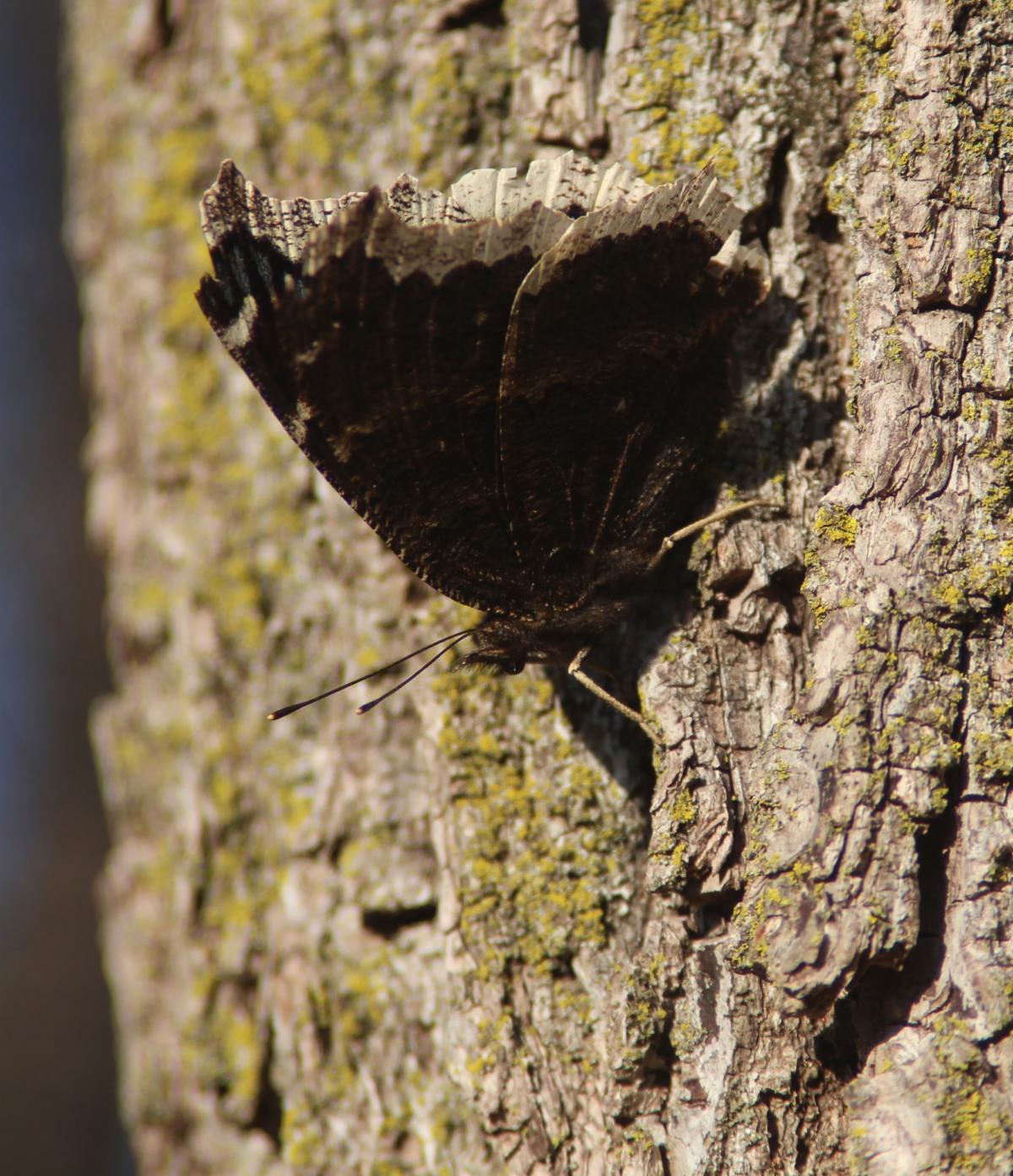
Mourning Cloak Butterflies (Nymphalis antiopa) famously overwinter as adults, and as you can tell from their camouflage, spend a lot of time hiding among dead winter leaves on the ground. No need to get rid of these lovely native butterflies during your fall cleanup, leave your leaves alone!
Putting plants in the ground this time of year always feels a little bit like you're doing something wrong. I myself have been known to feel quite sheepish as I apologetically put in plants that I fully intended to get into the ground in May (sorry, guys!). But the fact of the matter is, this is actually an ideal time of year for planting perennials, and (especially) woody trees and shrubs.
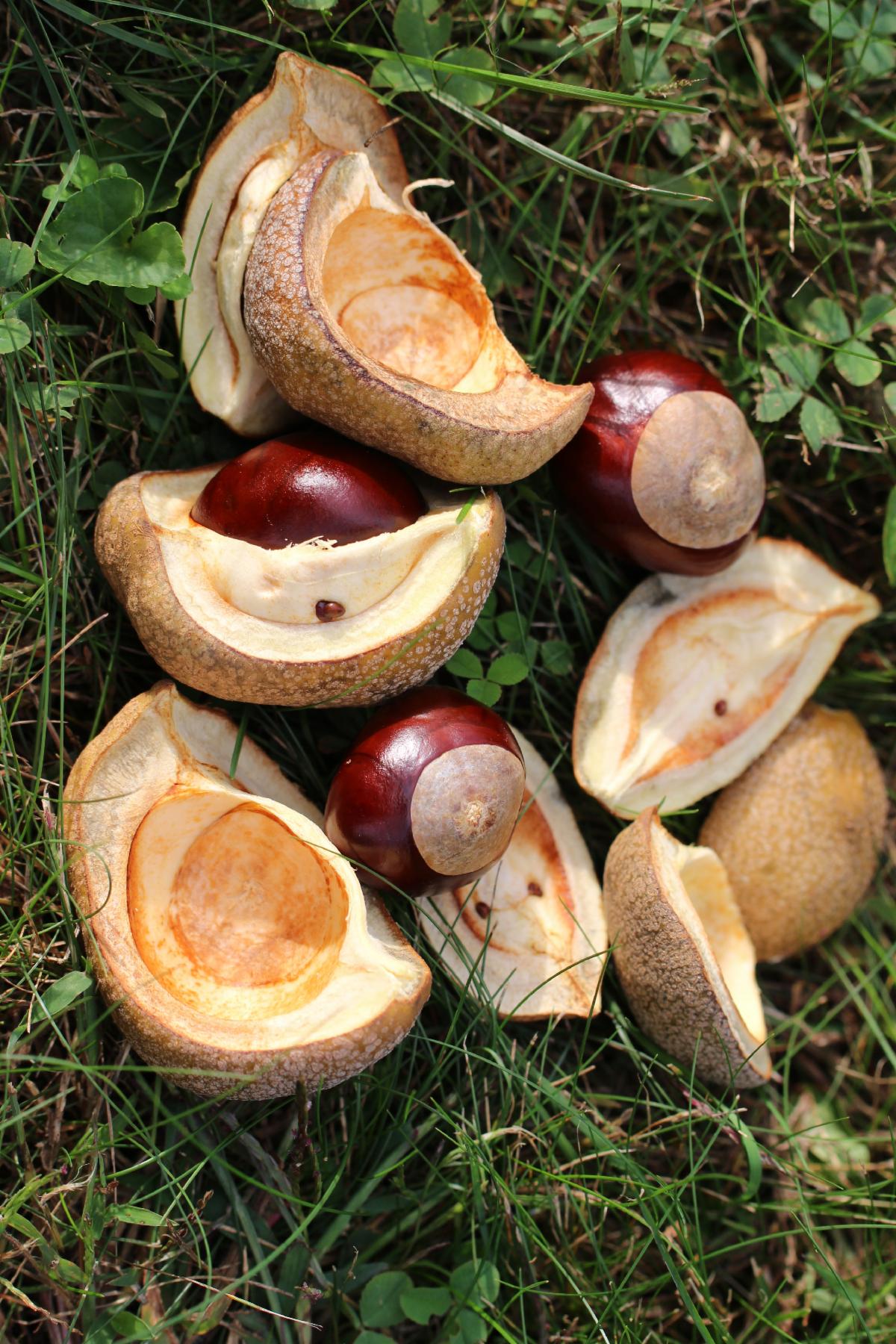
Our native Yellow Buckeye (Aesculus flava), which is producing nuts right now (sadly poisonous, I know, they look delicious) is a good example of this. The tree uses quite a lot of water to produce these nuts, and develops a large taproot to achieve some drought tolerance. But if it lives in a pot for too long, this adaptation backfires and the taproot doesn't function the way it should, even after the tree has been planted in the ground.
Many woody species, as an adaptation for drought tolerance (and, for bigger trees, as a way to anchor into the ground) produce taproots. This thick main root ultimately produces smaller, more branching roots that go off to the sides, but the taproot itself generally likes to grow down, which is something that's impossible to do while living in a pot. There is an extremely common misconception that being kept in a pot is somehow kinder to a plant, especially to small trees, than being planted in the ground is. People will, in the interest of "protecting" their little trees, keep them in pots for months or years instead of simply planting them. In reality, what often happens to trees in pots is that the taproot will hit the bottom of the pot and begin to (quite literally) spiral. This tends to artificially shorten the life of the tree even after it's eventually planted in the ground, because if this spiraling becomes extreme enough, the taproot will stay that shape forever. If you imagine the flow of nutrients through a plant like the flow of cars on a highway, you can imagine that spiral shape as a perpetual traffic jam-which is a problem as the tree gets bigger, because it needs those nutrients to live, and it will eventually succumb to the slowdown.
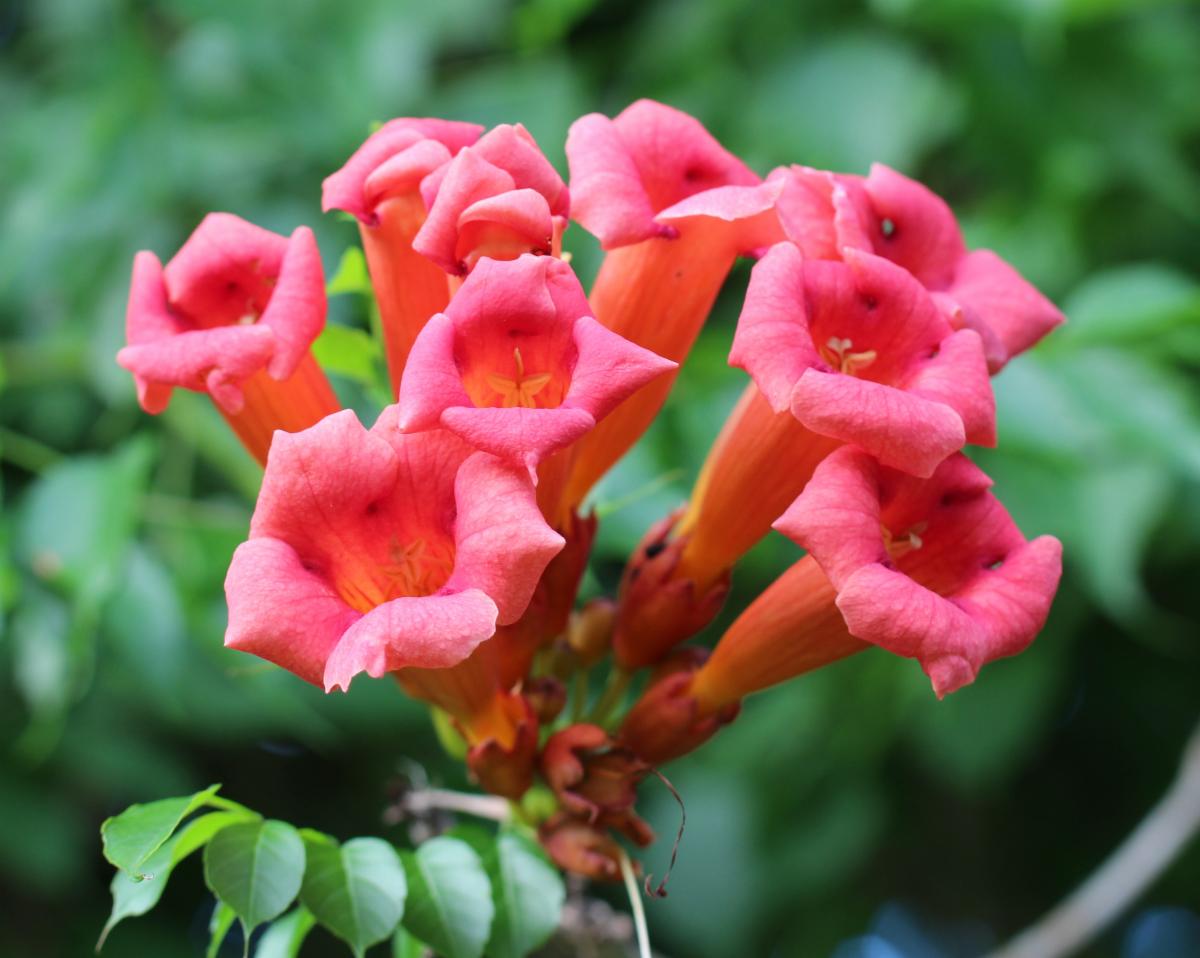
Plants that evolved here have certain conditions they evolved to expect. Species like this Trumpet Creeper (Campsis radicans) can produce large woody vines that stretch high up into the trees. That part of the plant is perfectly happy with rapid air temperature changes. But the roots aren't, making this species particularly susceptible to cold shock when overwintering in pots.
Plants are happiest in the ground! And plants are particularly happiest in the ground over the winter. Sure, the ground will freeze, but it will also stay several degrees warmer than the air-and unlike the air, the ground's temperature shifts somewhat gradually. In a pot, your plant's roots are being directly exposed to every air temperature change. Most native plants evolved to grow in the ground, not the air, so even if they may be able to handle the cold itself, most species really aren't adapted to that sort of rapid temperature fluctuation. (Bringing them inside also doesn't help. Native plants may not have evolved for quick changes in soil temperature, but they definitely didn't evolve to the conditions of your kitchen when they're expecting January temperatures, either).

Redbuds make a great example of an ornamental tree because they're lovely even when they're not actively in bloom. You'll have the most luck planting one in the fall, when it's still relatively small.
So what does this mean for fall planting? In a nutshell (pun fully intended), this is the best time of year for planting trees. The ground is moist, the air is cool, and trees that were started in the spring are as mature as they can reasonably get in pots. People tend to want to plant mature trees, or at least large saplings; most large box stores are happy to sell you very tall, very rootbound fruit trees, which has influenced the size people think trees should be when they're planted. But most woody species should be planted at a size quite a bit smaller than that, to maximize their chances of living long, healthy lives. For the sake of argument, let's use Eastern Redbud (Cercis canadensis) as our example.
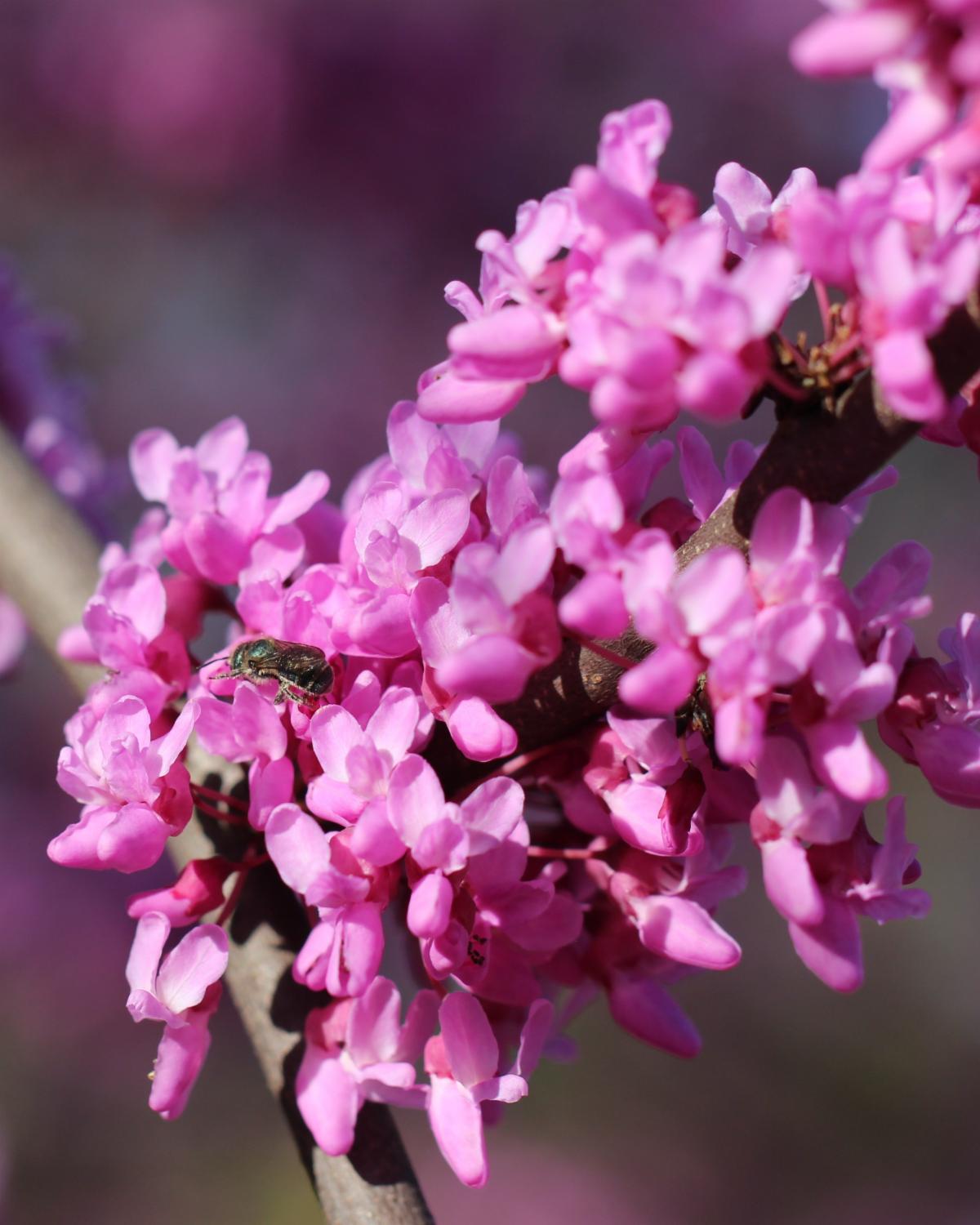
You can really tell Redbuds are related to legumes by the shape of their flowers; they look like little sweet peas flowers. And somewhat unusually for a flowering tree, the flowers emerge along the branches before the leaves do, seeming to turn the whole plant bright pink. You usually see this species growing naturally along woods-edges, and there's no mistaking them in the spring. They're also very popular with early-season pollinators like this little native bee!
These are wonderfully ornamental little trees that tend to grow in an irregular, arcing shape. They bloom before they leaf out in the spring, making them one of the showiest ornamental flowering trees around, and then produce very attractive heart-shaped leaves (and pea-like seedpods! They're technically in the legume family. They also support over 25 species of insect, some of which are specialists). And, as with many trees, Redbuds have a taproot. When planted in the ground during their first autumn, that taproot can grow in place, sinking itself successfully into its new home and making the most of the location, settling in and establishing itself instead of spending the winter increasingly stressed in a pot. You can, of course, plant them in the spring, but it's far better to do in the fall; remember how I mentioned that rapid freeze-thaw cycles aren't good for a plant overwintering in a pot? It takes plants time and energy to recover from that kind of stress-time where they could be growing, maturing in place, establishing their taproot, and getting ready to flower (it usually takes Redbuds a few years to get big enough to flower, but they start shockingly young when they're happy).
Redbuds benefit in a very tangible way from being planted their first fall, but they're only one example! It is an oddly well-kept secret about planting trees and woody plants, but the same is true for many species: Oaks (Quercus sp), Persimmons (Diospyros virginiana), Pawpaws (Asimina triloba), American Hackberry (Celtis occidentalis), Yellow Buckeyes (Aesculus flava), Sweet Gums (Liquidambar styraciflua), Buttonbush (Cephalanthus occidentalis), Bladdernut (Staphylea trifolia), Northern Catalpa (Catalpa speciosa), Northern Spicebush (Lindera benzoin), Black Tupelo (Nyssa sylvatica), Franklin Tree (Franklinia alatamaha) even Flowering Dogwood (Cornus florida) and vines like the Trumpet Creeper (Campsis radicans) all benefit greatly from being planted during their first fall, before their roots have suffered the stress of a winter in pots, but after they've had the whole summer to grow and gather energy.

Persimmons lose their leaves early in the fall, but they hold onto their fruits well after their leaves are gone. The fruit is edible, but be careful! Unripe persimmons are very astringent (there's really no way to describe the sensation unless you've sampled one that wasn't ready, but imagine a bitterness that makes all the cells of your mouth physically contract). Some people say the fruits only fully ripen after the first frost of the season, but either way they should be quite soft...at which point they're delicious!
So How do I Plant a Tree in the Fall?
In much the same way you would plant a tree any other time of year! We've discussed the best way to establish plants in the fall before, but the most important points are these:
- Don't keep it in a pot to be "kind" to it. Put it in the ground!
- Loosen the dirt around your plant's roots slightly before planting it. Let it know it no longer has to live in a small space and can now expand its roots (this also helps to keep it from heaving).
- Dig a hole twice as large as you need, then backfill with the loosened soil, making sure that the soil surface neither dips around the plant, nor covers higher up on the plant than was covered with soil when it was in its pot. Don't bury it alive, and no volcano mulching! The ground around your new plant should topographically match the rest of the ground, and you shouldn't have exposed roots above the soil.
- Give it a big drink when you're done planting it, so that the soil settles well around the roots (this too will help to keep it from heaving).
- Keep an eye on it! If we have (another) drought this winter, give it a drink. It'll be self-sufficient soon enough, but it certainly won't object to a little assistance at first!li>
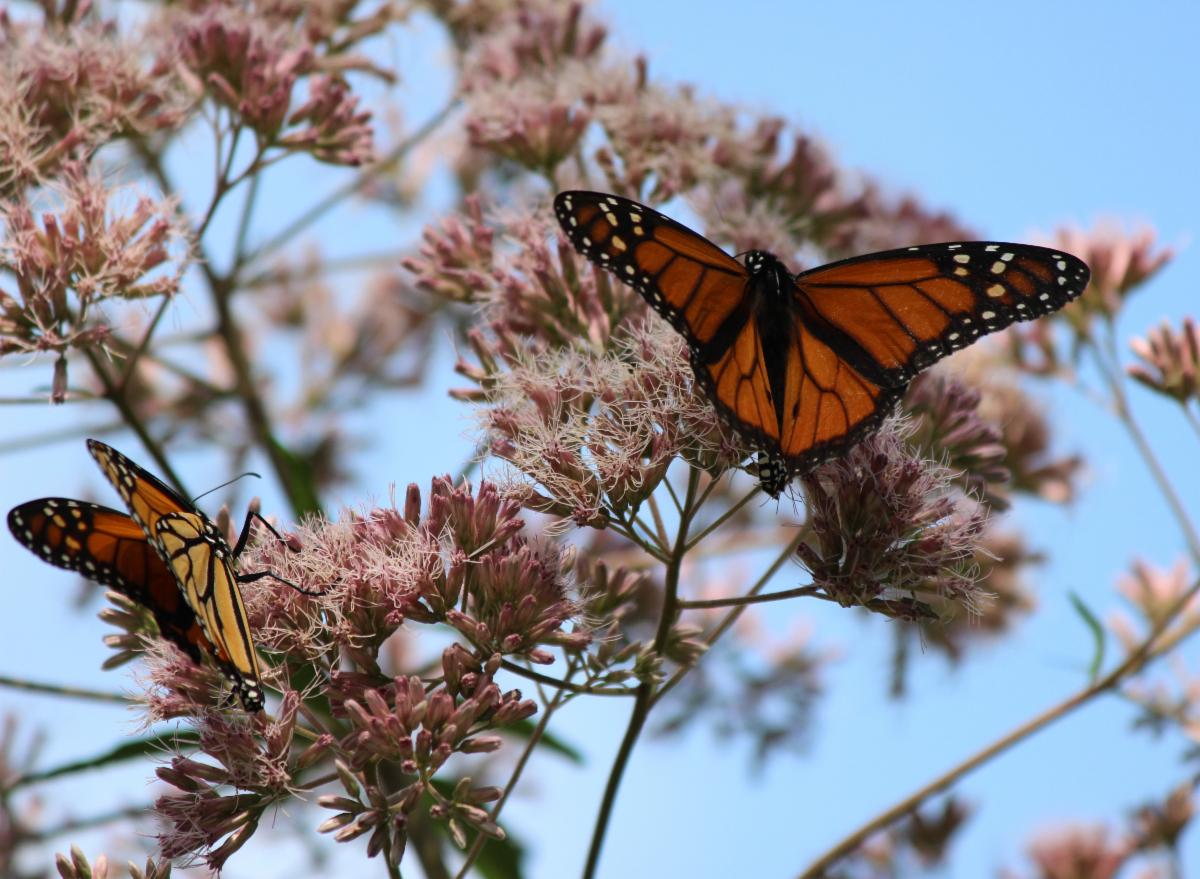
A pair of Monarchs (Danaus plexippus) on Hollow Joe Pye Weed (Eutrochium fistulosum)
Guest Blog, written by Katrina Eckel
